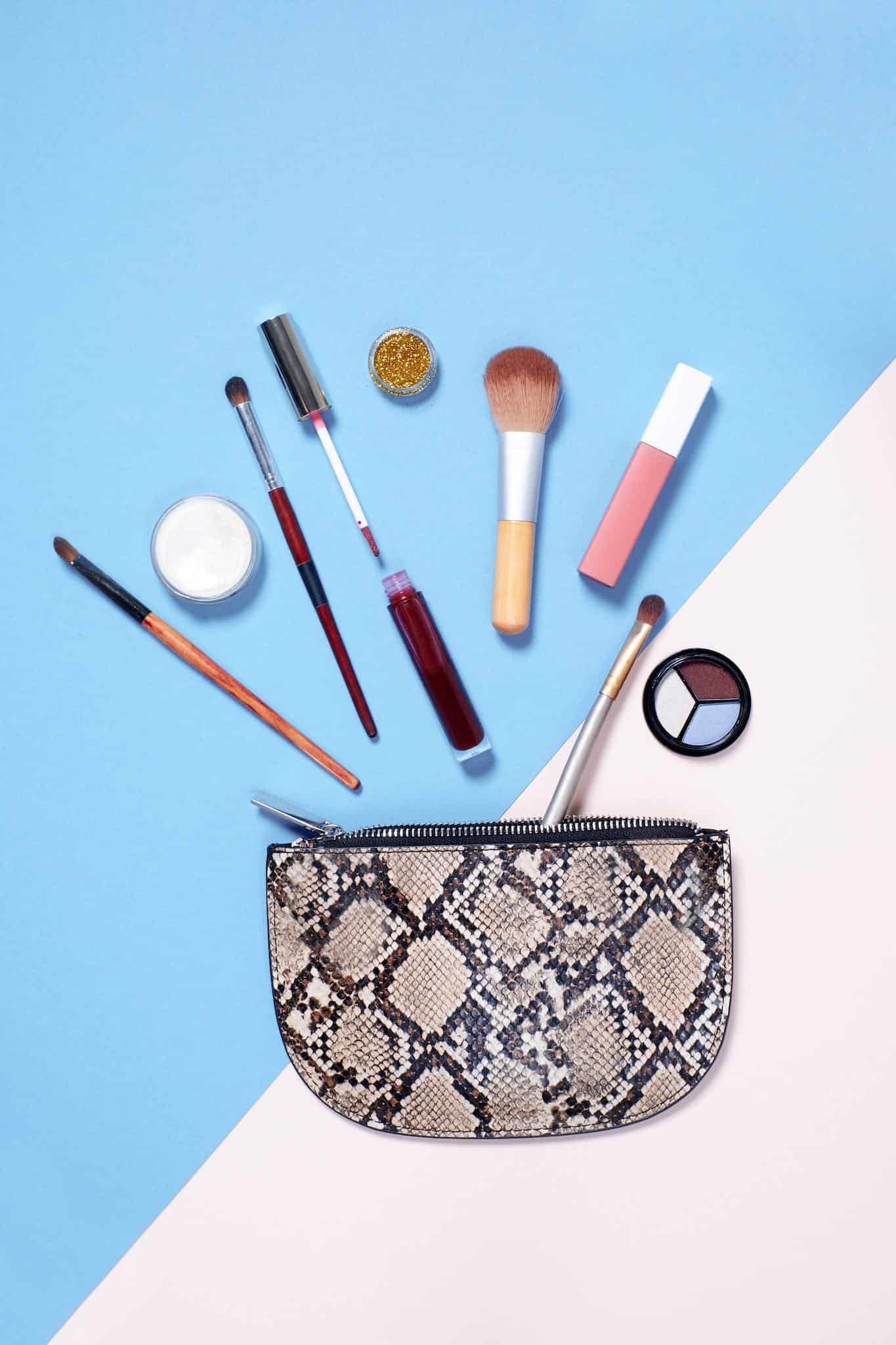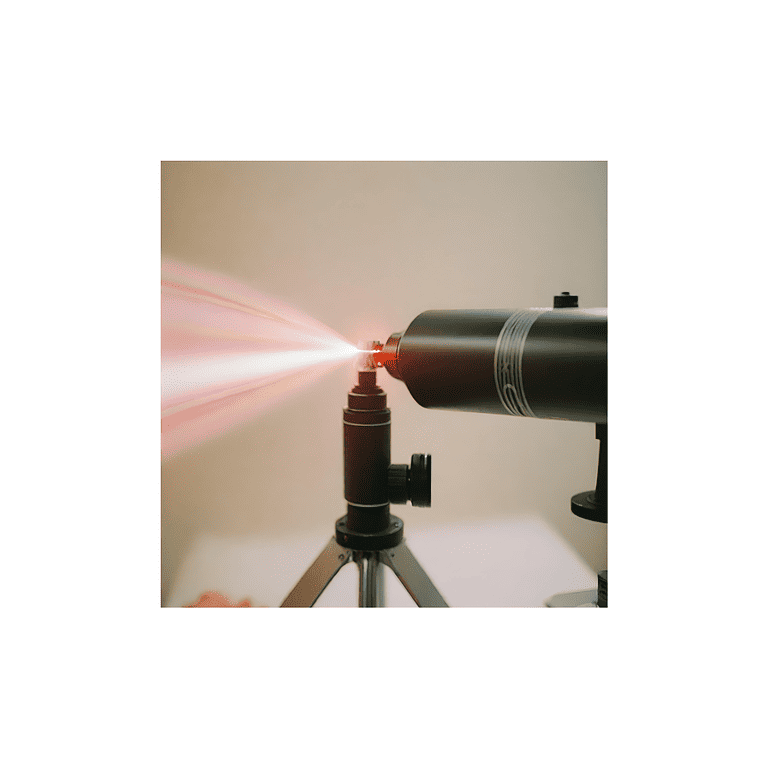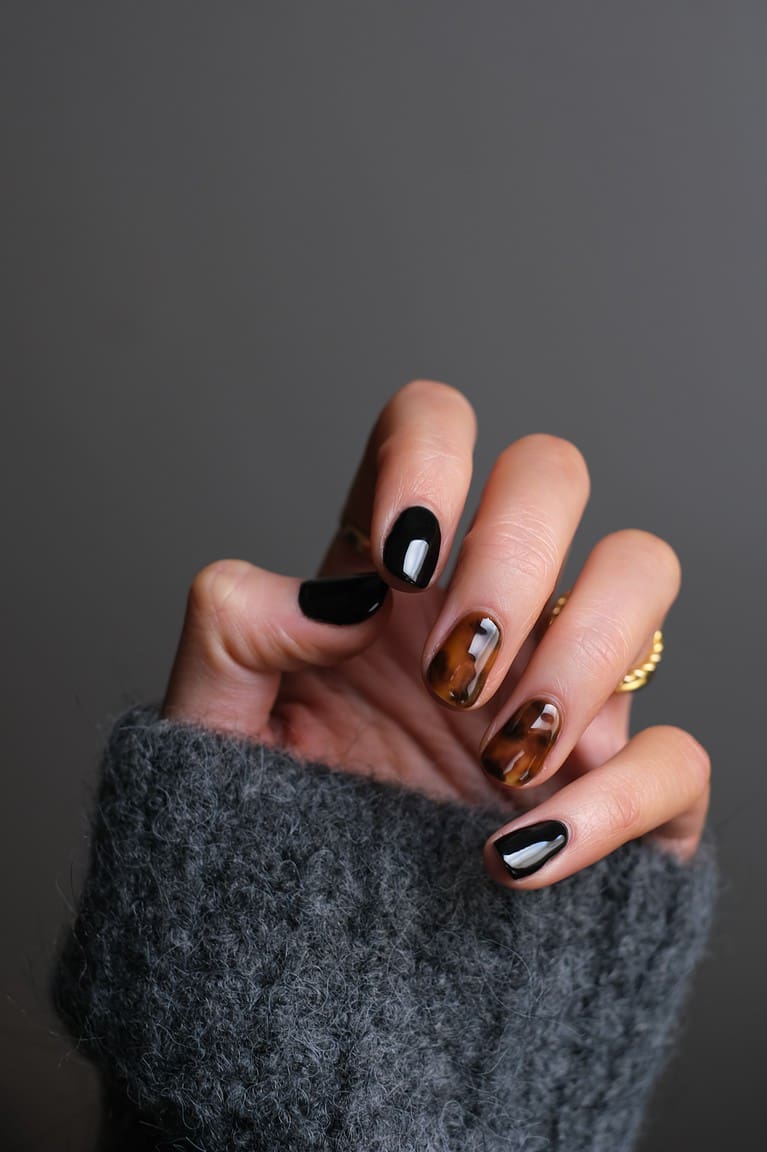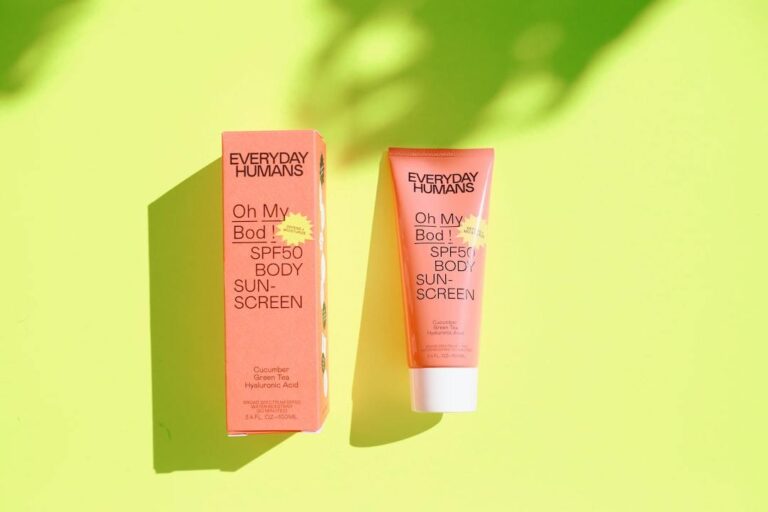Average Monthly Spend on Online Beauty Products in the U.S. : 2023 Beauty Ecommerce Trends
The beauty ecommerce industry is experiencing significant growth, driven by factors such as the increasing demand for skincare products, the influence of social media, and the rise of direct-to-consumer brands.
In this blog post, we will explore the current trends and strategies that are shaping the beauty ecommerce landscape, including the average monthly spend on online beauty products in the U.S 2023, and discuss how brands can maximize their online sales and navigate the challenges of this ever-evolving industry.
Key Takeaways
By 2023, factors such as an increased demand for skincare products and the rise of direct-to-consumer brands are expected to increase average monthly spend on online beauty products in the U.S.
Beauty ecommerce brands can maximize their sales by leveraging social media & influencer marketing, optimizing website design and offering personalized product recommendations.
The future of beauty ecommerce is promising with emerging technologies driving opportunities such as virtual try-on experiences and social commerce.
Average Monthly Spend on Online Beauty Products in the U.S. 2023
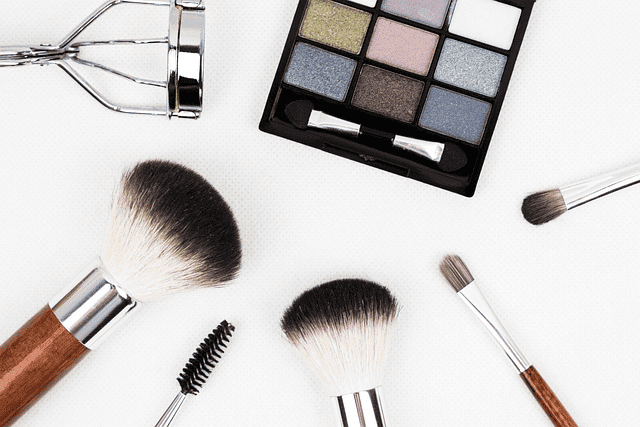
The global beauty industry, worth an impressive $532 billion, continues its robust growth. The United States holds the title as the largest beauty market in the world, and its online beauty industry is growing at an astonishing rate of 20.4% per year.
With skincare products taking the lion’s share of the beauty industry revenue, it’s clear that consumers are increasingly turning to online platforms for their beauty needs.
This growth is also evident in the global cosmetics market, which contributes significantly to the overall beauty industry.
Consumers’ growing consciousness about the ingredients they put on their skin is driving up the demand for organic and natural beauty products. Additionally, the beauty industry, which includes the cosmetics industry, is becoming more inclusive, with brands focusing on catering to a wider range of skin tones. Social media and beauty influencers play a significant role in driving sales, as they heavily influence the beauty industry.
The beauty industry’s environmental footprint is also noteworthy, with 120 billion units of packaging produced every year.
As consumers continue to prioritize sustainability, beauty brands must adapt their packaging and manufacturing processes to reduce their environmental impact.
This growing demand for eco-friendly products presents a significant opportunity for beauty retailers to capitalize on the trend.
Factors like growing demand for skincare products, social media influence, and the rise of direct-to-consumer brands are expected to increase the average monthly spend on online beauty products in the U.S. by 2023.
As the beauty market evolves, brands must stay ahead of these trends to maximize their online sales and remain competitive.
Influencing Factors on Consumer Spending

Consumer spending on beauty products is influenced by a variety of factors, including:
Personalization
Sustainability
Inclusivity
The increasing popularity of organic and natural products
Adapting to these changes is crucial for beauty companies to maintain their market competitiveness. Personalization has become a significant factor, with consumers expecting customized experiences from beauty brands.
Collaborating with beauty influencers can help brands reach a wider audience and offer personalized product recommendations in the realm of personal care.
Sustainability is also playing a crucial role in consumer spending on beauty products.
The anticipated value of the clean and sustainable beauty market by 2024 is $22 billion, highlighting the importance of eco-friendly and clean beauty products for success in the beauty ecommerce market.
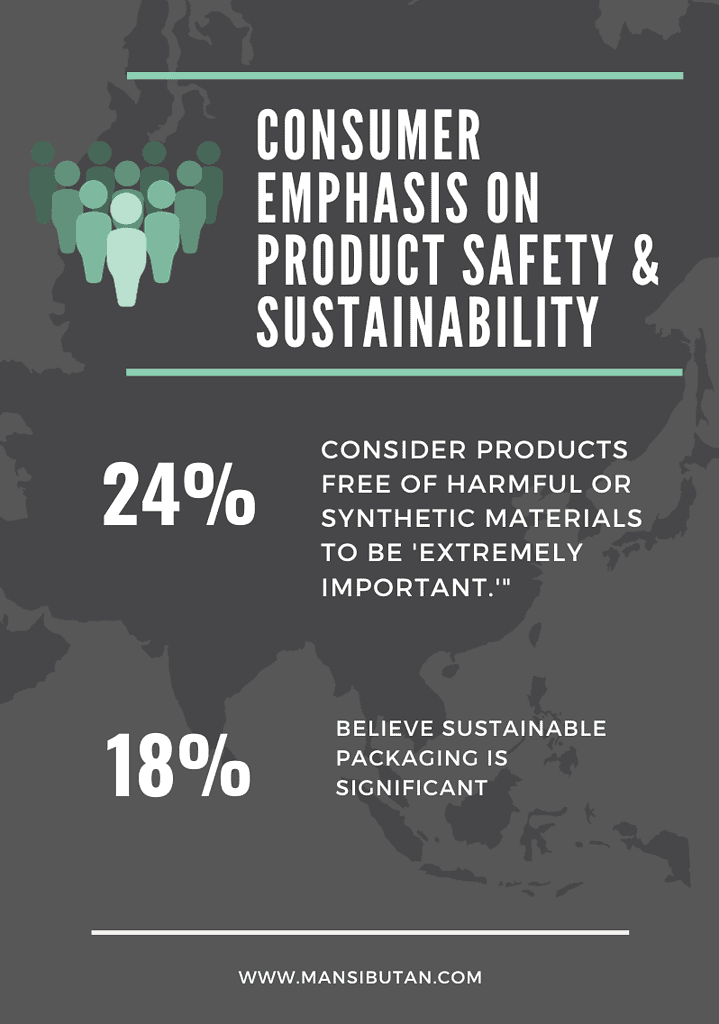
Inclusivity is another factor that influences consumer spending in the beauty industry. With only 7.4% of beauty companies headed by women, increasing diversity in leadership positions can contribute to the growth of beauty industry revenue by bringing fresh perspectives and innovative ideas to the table.
Consumers desire to see genuine individuals they can identify with in beauty campaigns, indicating the importance of relatable and authentic representation in advertising.
The combined approach to buying beauty products is favored by 34% of US consumers, further emphasizing the importance of adapting to changing consumer preferences.
For example, Sephora made a pledge in 2020 to allocate 15% of shelf space to black-owned cosmetics brands to improve the diversity of beauty offerings.
By staying in tune with these influencing factors, beauty brands can maximize their potential for success in the ever-evolving beauty ecommerce market.
Key Market Trends in the Beauty Ecommerce Industry

The beauty ecommerce industry is witnessing several key beauty ecommerce trends, including:
The emergence of subscription boxes
The increased reliance on influencer marketing
The utilization of augmented reality and virtual reality technologies
Beauty subscription boxes, such as Birchbox and Glossybox, have seen a surge in popularity, especially during the COVID-19 pandemic when physical contact was restricted.
These brands experienced a 20% increase in average order value (AOV) during 2020, highlighting the potential for growth in this niche market.
Another significant trend in the beauty ecommerce industry is influencer marketing. Brands that invest in influencer marketing observe a return on investment of $11.45 for each $1 expended.
It is estimated that expenditure on influencer marketing will reach $15 billion by 2022.
Brands like Mielle Organics have implemented successful micro-influencer strategies by partnering with influencers who possess a small but highly engaged following, such as natural hair enthusiast Tasha Jeana.
The use of virtual and augmented reality technologies is also shaping the future of the beauty ecommerce industry.
These technologies enable customers to virtually try on products and even receive personalized skincare advice, helping to bridge the gap between online and in-store shopping experiences.
Beauty brands are increasingly leveraging these technologies to enhance their online presence and engage with their target audience.
Social media platforms like Instagram, TikTok, and YouTube also play a significant role in driving beauty ecommerce sales.
They provide opportunities for brands to showcase their products and engage with consumers, ultimately driving online sales.
As the beauty ecommerce industry continues to evolve, brands must stay ahead of these key market trends and adapt their strategies accordingly to maximize their potential for success.
Top Online Beauty Brands and Their Strategies
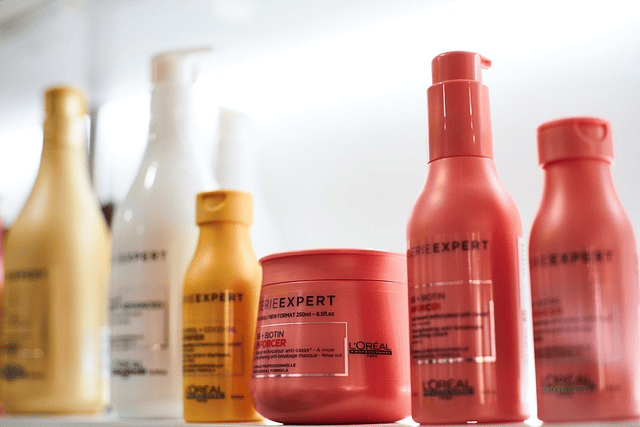
Top online beauty brands, such as Glossier, Kylie Cosmetics, and Drunk Elephant, have successfully implemented strategies like social media engagement, influencer partnerships, and innovative product offerings to capture market share.
Glossier’s success can be attributed to its compelling storytelling, which portrays the brand as a lifestyle choice rather than a mere cosmetics vendor.
This approach has resonated with consumers, helping to establish a strong brand identity and drive online sales.
Drunk Elephant is another top online beauty brand that has found success by embracing the clean beauty movement.
By eliminating certain ingredients from their product range, which they designate as the ‘suspicious 6’, they have set themselves apart in the industry and developed a loyal customer base.
This focus on product quality and transparency has contributed to their success in the competitive beauty ecommerce market.
ColorPop Cosmetics is renowned for being a preeminent beauty brand on social media. They leverage online feedback to guide the development of new product collections, often taking only five days from concept to production.
This agility and responsiveness to customer input have helped them build a strong online presence and drive sales.
The Honest Beauty, a skincare-focused brand, has created a distinct shopping experience for its customers by providing detailed information about ingredients and benefits on its website.
This focus on transparency and customer education has helped them build trust and loyalty among their target audience, ultimately driving sales growth in the beauty ecommerce space.
These success stories illustrate the importance of innovative marketing strategies, strong brand identity, and a focus on customer experience in driving online sales.
How to Maximize Your Beauty Ecommerce Sales
Optimizing website design, leveraging social media and influencer marketing, and offering personalized product recommendations are strategies brands should focus on to maximize their beauty ecommerce sales.
Website design is crucial in influencing a customer’s inclination to make a purchase, as it impacts the overall shopping experience.
A well-designed website can help attract and retain customers, ultimately driving online sales.
Social media offers a great opportunity for beauty brands to reach and engage with their target audience.
Influencer marketing is also an effective tool, as it allows them to showcase their products in a more personalised way.
Collaborating with beauty influencers, especially those who resonate with the brand’s target audience, can help generate personalized product recommendations and drive sales.
As the beauty ecommerce industry continues to grow, the importance of social media engagement and influencer partnerships cannot be overstated.
Personalized product recommendations are also essential in addressing the issues arising from inadequate representation in beauty advertisements.
By offering tailored product suggestions to customers based on their specific needs and preferences, brands can foster a sense of trust and loyalty, ultimately increasing sales.
Artificial intelligence can play a role in generating personalized recommendations, further enhancing the online shopping experience for beauty consumers.
In conclusion, by focusing on these key strategies, beauty ecommerce brands can maximize their online sales and stay competitive in the ever-evolving beauty market.
The Impact of Social Media on Beauty Ecommerce Sales
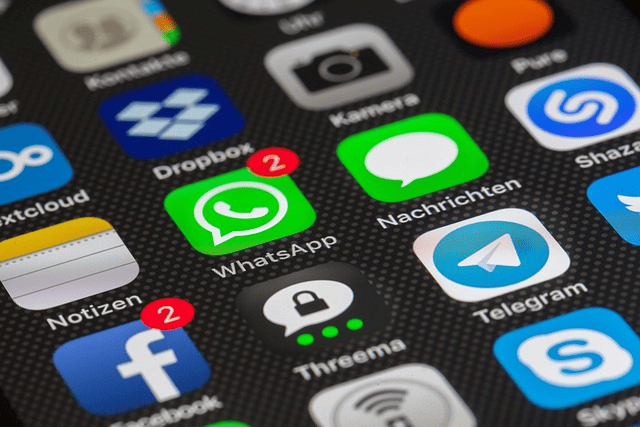
Platforms like Instagram, TikTok, and YouTube are instrumental in driving beauty ecommerce sales, offering brands opportunities to showcase their products and engage with consumers.
The emergence of social commerce has facilitated the transformation of online shopping for beauty into a simplified, immersive experience that encourages higher levels of brand loyalty.
E.L.F. Cosmetics, for example, has achieved success in social commerce by integrating its Instagram store with informative, product-oriented beauty content.
The use of live commerce in the beauty industry is another trend that is gaining traction. Live commerce is a process of showcasing a product through live videos on digital channels.
Popular platforms for this include Instagram Live, TikTok Live and Amazon Live. This format allows beauty shoppers to observe products in various lighting or settings, endorsed by individuals they trust, in addition to numerous others who share the same interests.
Additionally, the use of augmented reality (AR) and virtual reality (VR) technologies in the beauty ecommerce industry is on the rise.
These technologies enable customers to virtually try on products and receive personalized skincare advice, helping to bridge the gap between online and in-store shopping experiences.
Social media platforms have become an essential tool for beauty ecommerce brands to connect with their target audience, showcase their products, and ultimately drive online sales.
As social media continues to evolve, brands must stay ahead of the trends and adapt their strategies accordingly to maximize their potential for success in the beauty ecommerce market.
Navigating Challenges in the Beauty Ecommerce Space

Challenges in the beauty ecommerce space include addressing fake and paid reviews, ensuring product authenticity, and mitigating the environmental impact of packaging and shipping.
Managing fake and paid reviews involves identifying and eliminating fake reviews, ascertaining the veracity of reviews, and preventing companies from paying for reviews.
Ensuring product authenticity requires verifying the origin of the product, ascertaining that the product is genuine, and thwarting the entry of counterfeit products into the market.
Brands must implement strict quality control measures and work closely with suppliers and manufacturing partners to guarantee the authenticity of their products.
Managing the environmental effects of packaging and shipping involves reducing the amount of packaging utilized, utilizing sustainable materials, and minimizing the carbon footprint of shipping.
As consumers become more environmentally conscious, beauty ecommerce brands must prioritize sustainability in their operations to stay competitive in the market.
Navigating these challenges requires a proactive approach and a commitment to continuous improvement.
By addressing these issues head-on, beauty ecommerce brands can build trust and loyalty with their customers, ultimately driving long-term success in the industry.
The Future of Beauty Ecommerce: Emerging Technologies and Opportunities

The future of beauty ecommerce holds emerging technologies and opportunities, including artificial intelligence for personalized product recommendations, growth of social commerce, and virtual try-on experiences.
Artificial intelligence is increasingly being utilized in the beauty ecommerce industry to highly tailor the customer’s online shopping experience and to generate cosmetic products that correspond to customers’ skin tones.
Virtual try-on experiences, powered by augmented reality (AR) and virtual reality (VR) technologies, are helping to bridge the ‘experience gap’ between online and offline shopping.
As these technologies continue to evolve, they will play an increasingly important role in enhancing the online shopping experience for beauty consumers.
Social commerce is also expected to grow in the coming years, with platforms such as Instagram, TikTok, and YouTube continuing to drive beauty ecommerce sales.
The seamless integration of shopping and social media interactions offers an immersive and convenient experience for consumers, further fueling the growth of the beauty ecommerce industry.
In conclusion, the future of beauty ecommerce is ripe with opportunities as emerging technologies and trends continue to shape the industry.
Brands that stay ahead of these developments and adapt their strategies accordingly will be well-positioned to capitalize on the growth and profitability in the beauty ecommerce market.
Case Studies: Success Stories in Beauty Ecommerce

Successful beauty ecommerce brands like:
Doppeltree
Keauty
Aromaology
Blue Nectar Ayurved Products
underscore the significance of innovative marketing strategies, a strong brand identity, and customer experience focus in bolstering online sales. These success stories illustrate the potential for growth and profitability in the beauty ecommerce sector.
Doppeltree, a beauty brand that generates $840K per year, has found success through creative marketing tactics and a focus on customer satisfaction. Keauty, another beauty ecommerce brand with $18K in annual revenue, has capitalized on the power of social media and influencer marketing to drive sales growth.
Aromaology, a beauty brand generating $120K per year, has built a strong online presence through engaging content and a focus on customer education. Blue Nectar Ayurved Products, another successful beauty ecommerce brand, has leveraged the growing demand for organic and natural products to capture market share.
These case studies demonstrate that with the appropriate strategies and emphasis on customer experience, success in the beauty ecommerce industry can be attained. Moreover, these success stories showcase the potential for expansion and profitability in the beauty ecommerce industry.
Summary
The beauty ecommerce industry is experiencing significant growth and transformation, driven by factors such as the increasing demand for skincare products, the influence of social media, and the rise of direct-to-consumer brands. Brands that stay ahead of the trends and adapt their strategies accordingly will be well-positioned to capitalize on the growth and profitability in the beauty ecommerce market. The future of beauty ecommerce is ripe with opportunities, and with the right approach, brands can achieve success and thrive in this ever-evolving industry.
Frequently Asked Questions
How much do people spend on beauty products a month?
On average, American women spend over $300 per month on beauty products, skincare, and cosmetic treatments, totaling around $1,380 annually.
How much does the average American spend on beauty products?
On average, Americans spend around $722 a year on beauty products, ranging from skin care to cosmetics. The global cosmetics industry is valued at $571.10 billion, and expenditure on these products is increasing annually. Additionally, 75% of Americans believe that beauty products and services are important, demonstrating their willingness to invest in improving their appearance.
What is the projected average monthly expenditure on online beauty products in the U.S. in 2023?
It is projected that the average monthly expenditure on online beauty products in the U.S. in 2023 will increase significantly due to the growing demand and influence of social media and direct-to-consumer brands.
What are some key market trends in the beauty ecommerce industry?
The beauty ecommerce industry is seeing the rise of subscription boxes, increased reliance on influencer marketing, and adoption of virtual reality and augmented reality technologies.
What strategies have top online beauty brands implemented to capture market share?
Top online beauty brands have utilized social media, influencer partnerships, and unique product offerings to capture their share of the market.
